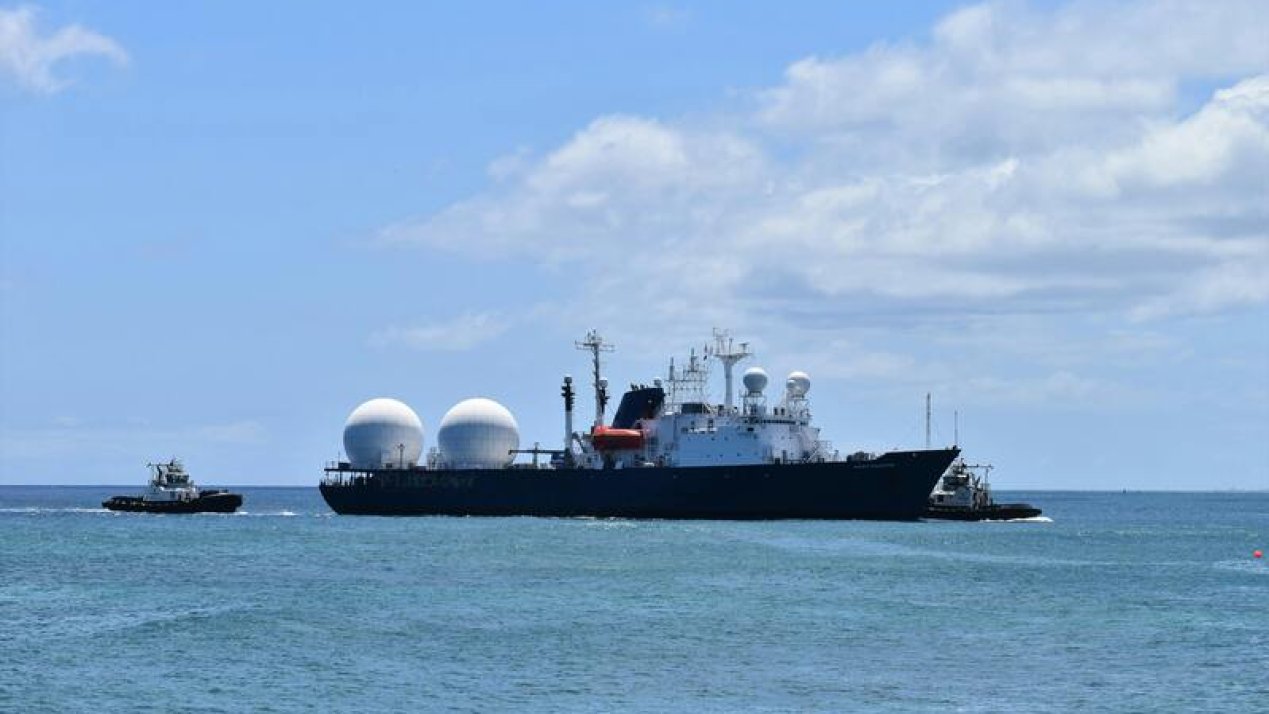The United States is leveraging trade and defense relationships to expand long-term fossil fuel exports, reshaping global energy partnerships and signaling a new phase of energy diplomacy that prioritizes liquefied natural gas (LNG) over renewable cooperation. The strategy, driven by the Trump administration, seeks to secure decades-long contracts with allies in Europe and Asia, locking in demand for US fossil fuels and reinforcing Washington’s influence in global energy markets.
Under the new policy framework, the European Union has committed to importing up to US$1.15 trillion in US energy, primarily LNG, by 2028, which would represent more than four times its current import levels. Indonesia has signed deals worth approximately US$24 billion, while Japan is exploring similar agreements. These deals are less about free trade and more about geopolitical leverage, as the United States uses trade access and security assurances to encourage dependence on its energy exports.
The United States’ position as a dominant energy exporter was made possible by the fracking boom that transformed its production landscape. By 2019, the country had become a net exporter of oil and gas, and in 2023, it surpassed Qatar and Australia as the world’s top LNG supplier.
For emerging and industrial economies, this US strategy poses both opportunities and risks. While LNG imports offer a short-term solution to energy security challenges, they also carry financial and environmental costs. The construction of new LNG terminals and gas-fired power plants can tie countries to fossil fuel use for decades, potentially diverting investment from renewable energy and electrification. Analysts warn that this approach could make participating economies less competitive over time, given the rapid decline in renewable energy costs and the increasing affordability of battery storage technologies.
In Latin America, and particularly in Mexico, the implications of US energy diplomacy are significant. Mexico’s current energy policy prioritizes domestic production and energy sovereignty, but US export growth could challenge those ambitions by increasing competition in regional markets. Additionally, higher US tariffs imposed on India for continuing to purchase Russian energy demonstrate Washington’s willingness to use trade pressure to align partners with its energy objectives, a move that could influence future trade and energy decisions in Mexico and other American partners.
Critics of the US strategy argue that it risks undermining global climate objectives. Expanding fossil fuel infrastructure contradicts international commitments to reduce emissions and could delay the global transition toward renewable energy sources. Long-term LNG contracts could also limit the flexibility of importing nations to adapt to technological and policy shifts aimed at decarbonization.
For countries evaluating new energy partnerships, including those in Latin America and Asia, the challenge lies in balancing short-term supply security with long-term sustainability. As the global energy landscape evolves, the US approach represents both a test of traditional alliances and a potential obstacle to the clean energy transition that many economies are now pursuing.
